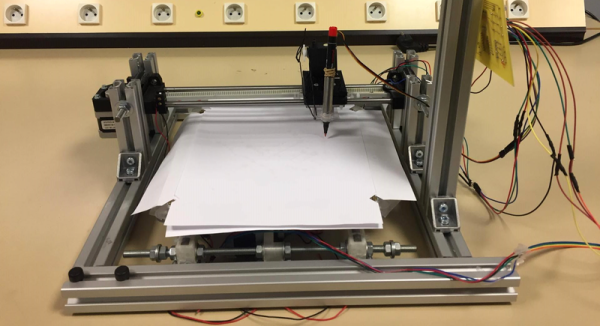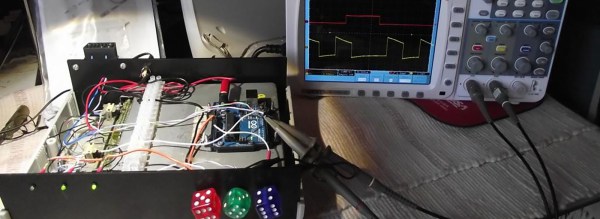Hackaday readers don’t need an introduction to the Arduino. But in industrial control applications, programmable logic controllers or PLCs are far more common. These are small rugged devices that can do simple things like monitor switches and control actuators. Being ruggedized, they are typically reasonably expensive, especially compared to an Arduino. [Doug Reneker] decided to evaluate an Arduino versus a PLC in a relatively simple industrial-style application.
The application is a simple closed-loop control of flow generated by a pump. A sensor measures flow for the Arduino, which adjusts a control valve actuator to maintain the specified setpoint. The software uses proportional and integral control (the PI part of a PID loop).

















